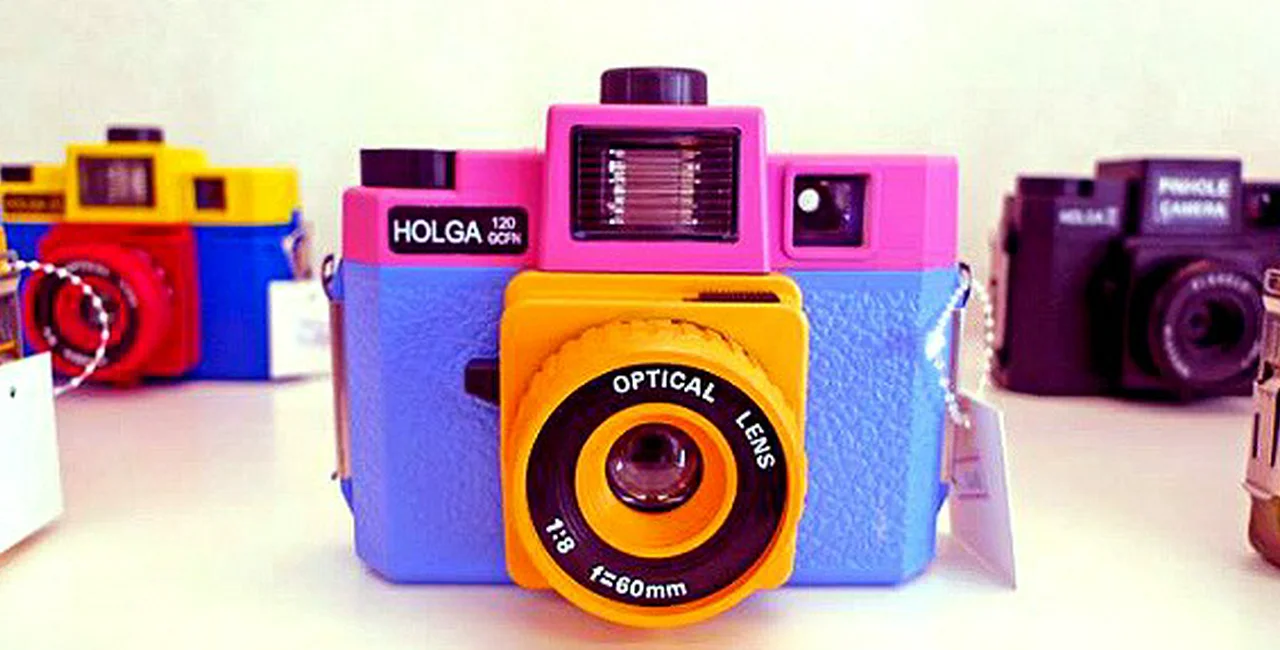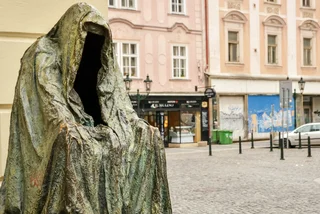“No, Canon only makes digital cameras and we only sell analogue,” Radovan Pavlišta, owner of the Analogue camera shop and gallery in Malá Strana tells the person on the phone.
“Do you have to give that answer a lot?” I query.
“No,” he replies. “The most popular is people coming in to ask if I have any memory cards. I try to tell them to buy one of these cameras and they won’t need a memory card. It doesn’t usually work though.”
Pavlišta opened Analogue in July 2013. As the name implies you won’t find a digital camera nor anything that relates to one in his shop. But you will find boxes of film, a shelf full of Polaroid cameras and the main seller, Lomography.
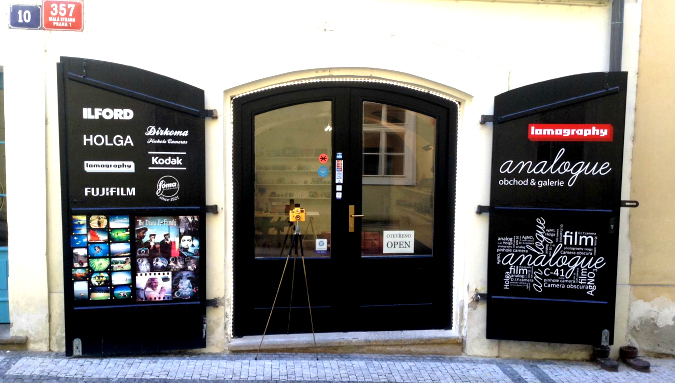
As Pavlišta explains, Lomography is the biggest producer of classic analogue cameras today. The inspiration actually came from Prague. In the early 1990s, a group of students from Vienna stumbled upon the Lomo Kompakt Automat – a small Russian camera. They mindlessly started taking photos with it and were shocked when they had them developed back home.
“They saw these strange photos with fuzzy colors, and black squares in the corners and one of them said ‘that’s not photography, that’s lomography’ and so it began,” Pavlišta said. Friends too were amazed at the artistic ability of the camera and the original students flew to St. Petersburg to get a contract to sell the funny little camera. Lomography has a bit of a cult-like status; they have 10 Golden Rules based on their ‘don’t think, just shoot’ motto.
The cameras themselves are fabulously retro with fun cases, big flash bulbs, and different lenses and other quirks. The fish eye lens produces photos that look like they were shot from a fish bowl while the Spinner 360 makes 360 degree photos after you pull a string sending the camera whipping around. There’s the Lubitel, a classic twin lens reflex camera and the Lomokino, a movie camera for 35mm film that produces 3-5 frames per second.

Lomography photos kind of look like you got a bad roll of film.
“It’s soft focusing, well blur, colors are shifted, the corners are black,” says Pavlišta. “But Lomography has developed into a community of fans.”
While not a photographer by profession, Pavlišta actually owned a Lomo camera, given to him when he was about 12. He vividly recalls a photo he took in Mostar, Bosnia of the famous bridge, before it was destroyed in the Bosnian War. He says he decided to open the shop because he was starting to stockpile cameras at home.
“I only bought cameras, I had no time to take photos,” he said. “I decided maybe it would be better to sell them then buy them.”
The idea of the Lomography community is what Pavlišta hopes will grow in Prague. He holds regular photography workshops; there’s a darkroom on site to develop your own photos, and a gallery in the back which holds regular photo exhibitions.
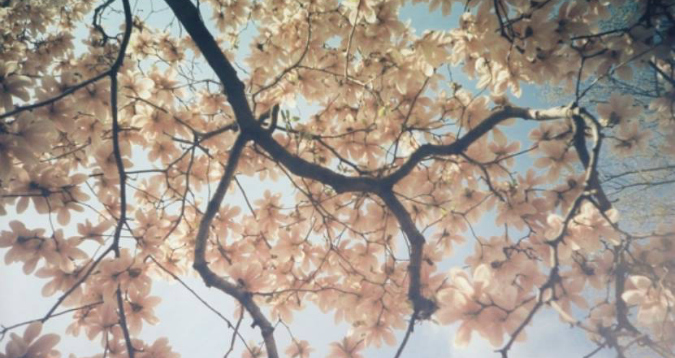
“Photography is like therapy,” he believes. “Most people spend life in an office, in front of a computer, they aren’t creating, nothing in their hands. Now, they can come here, take photos and develop them themselves.”
For the gallery, Pavlišta looks for photographers who are doing something a little different; ones who only use classic film, or older film developing processes from the 19th century. A recent one was work by Dušan Martinček who took photos with a Chinese Holga camera while in New York. The Holga (which Analogue also sells) is a classic Chinese camera, cheap, developed for the masses. It too is known for its Lomography ‘features’ like slightly off coloring and black corners. Polaroid, which stopped production in 2008, is also available.
“Two guys, also from Vienna, bought the last polaroid factory in Europe, in the Netherlands,” Pavlišta said. “But they didn’t buy the recipe for the chemicals needed to develop the photos. So they created their own.”

The quality hasn’t improved and it is expensive – a film cartridge with eight photos costs 500 CZK. There are also camera kits available in which Polaroids from the ‘80s have been refurbished.
Both Analogue and Polagraph are shops for fans of photography fun. The gregarious Pavlišta likes nothing better than to chat about Lomography, analogue and other old school photography stuff.
“There was no place for people to try analogue photography,” he said. “There are big photo shops, but the employees don’t have a feeling for it, they can’t talk for an hour about developing. Here, everyone can come, ask questions, how to load film, how to develop film.”
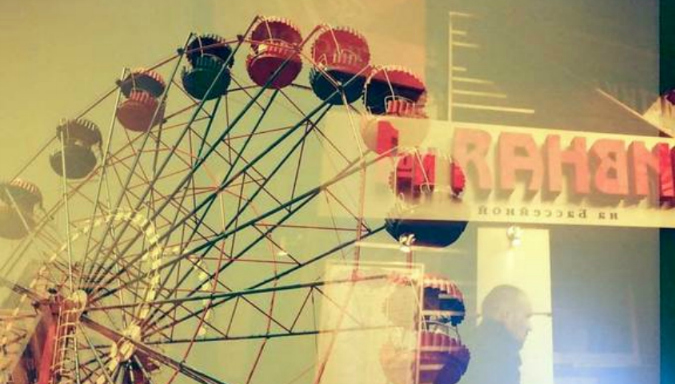
Pavlišta has plans to keep creating his community of analogue fans, with hopes of having analogue cameras available for rent, a list of places in the neighborhood to photograph and then the opportunity to develop the film.
Like in the Lomography ‘rules,’ Pavlišta believes Analogue is different.
“It’s nice to have fun and not think about the results,” he said. “My pleasure is to speak to people, if they buy a camera, great, but I can’t understand selling something you aren’t passionate about.”
**
Want to put the “don’t think, just shoot” mantra to practice? Enter your most playful, spontaneous snaps of life in Prague into our Spring 2014 Photo Competition (no lomo required!).See details here.












 Reading time: 4 minutes
Reading time: 4 minutes 